Portugal (Day 5): A Day in the Belém District of Lisbon
- That's How We Travel

- May 15, 2022
- 6 min read
Updated: Jun 26, 2022
Summary: Our first full day in this Capital City of Portugal was filled with gorgeous architecture, interesting history, and of course, amazing Portuguese cuisine. We spent the majority of our day in the Belém district where we traveled by foot to see April Bridge, Belém Tower, The Monument of Discoveries, Monastery of Saint Jerome, and the National Coach Museum. We also enjoyed a sweet break at the Pastéis de Belém and dinner at a traditional Portuguese restaurant in Bairro Alto. This itinerary seems packed but actually, it was completed at a moderate pace. If you are up for a longer day, we included two recommendations for additional stops at the Royal Palace and Berardo Collection Museum.
About Lisbon. This capital city of Portugal is remarkably like our home city, San Francisco, except much older of course. It has cable cars, a Golden Gate Bridge, is situated on hills, and even suffers from earthquakes. We felt very much at home. Lisbon though, has a much more interesting history.
Dating back at least to the Neolithic period, Lisbon's earliest inhabitants were pre-Celtic tribes. Roman rule began in ~200 BC, followed by a long period of Moorish rule, beginning ~711 AD and much like parts of Spain, remnants of Moorish architecture and culture remain throughout the City. For example, Lisbon's famous tile, called "Azulejos," is a remnant from this period in Portuguese history.
In 1147, Lisbon was conquered by Alfonso I of Portugal as part of the Reconquista (crusades), which reestablished Christianity as the predominant religion. In 1506, the City experienced a particular dark time often associated with the crusades in that 3,000 of the City's Jewish population were massacred. Following this time, the City enjoyed their Golden Era where the City was the hub of trade, exploration, and arts.
In 1755, the City (and much of Portugal), was destroyed in devastating earthquake thought to be of 7.7 or more magnitude. As told by our tour guide, if the initial quake did not kill you, the tsunami that came afterwards did, and if you still survived, the devastating fires that followed took you out in the end. Up to 1/5 of the entire City's inhabitants were killed and 85% of the structures were destroyed. In the rebuild years, the City was designed to attempt to address the area's active fault lines and helped future develop the science of seismology.
Today, Lisbon is a thriving tourist destination. We found it to be safe, clean, and as European cities go, affordable. The architecture, food, and history, all make Lisbon worthy of a "top 10" European City.
25 de Abril Bridge. Our first stop of the day was at April Bridge. Modeled after San Francisco's Golden Gate Bridge, this "International Orange" bridge is 2,277 meters in length and was built to connect the City of Lisbon with the municipality of Almada. The name, 25 de Abril Bridge," comes from the date of the Carnation Revolution where the authoritarian regime of Estado Novo, was overthrown on April 25, 1974.
Across the Tagus river, you can also see the Cristo-Rei or "Christ the King," statute (photo below). Inspired by the Redeemer statue of Rio de Janeiro, in Brazil, the Cristo-Rei statute was built in 1959 as a catholic symbol of gratitude for Portugal having been spared from direct involvement in World War II.
To get to this viewing spot, which was also the start of our walk along the Tagus river, take the pedestrian bridge which is located just outside the National Museum of Coaches. From here, we continued on foot to Padrão dos Descobrimentos.
Padrão dos Descobrimentos. The Monument of Discoveries celebrates Portugal's Age of Discovery which spanned from the 15th to 16th Centuries. Seafaring Portuguese (and later other European countries), brought trade, wealth, and colonization with each ship, along human exploitation and disease, of course. The Monument, though, celebrates this Golden Age for Portugal in a spectacular way. Each of the 33 statues represented Portugal's most famous explorers, monarchs, missionaries, scientists, and the like. For example, on the Western side sits Pedro Nunes, a 16th century mathematician, best known for his contribution to nautical sciences. Completed in 1958, the Monument also includes a compass rose world map, made of red, tan, and black limestone.
Torre de Belém. Next, we continued our walk along the Tagus river to Belem Tower. Entrance fees for the Tower may be purchased in the park directly adjacent to the Tower.
Belem Tower is a UNESCO World Heritage Site built in the 16th Century, the height of the Portuguese renaissance. It was built to fortify the safety of the mouth of the Tagus River, which serves as the gateway to the City of Lisbon and at the time, the hub of Portuguese exploration. The Tower was also used as a customs house for trade and commerce where taxes (duties) were assessed. At times, it's dungeon also served to imprison political opponents.
Visitors that wish to see the City from the top of the Tower will have to brave a narrow staircase, just barely wide enough to pass visitors coming from the opposition direction. Those that are avoid tight spaces, like this author, may wish to view the City from lower levels while their family climbs the steps.
Museu Coleção Berardo. Across the way from Belem tower is a modern museum of art that houses works of Picasso, Warhol, and others. We did not have a chance to spend time here but wanted to note that it could easily be fit into this itinerary. We had to return to our AirBnB earlier for a prior commitment but if we did not have that time crunch, we would have stopped here. Instead, we walked through the grounds to get to our next stop, enjoying the colorful artwork out front.
Jerónimos Monastery. This UNESCO World Heritage Site is formerly the Monastery of Saint Jerome, a Catholic monastery. Construction on the Monastery and accompanying Church began in 1501 and took 100 years to complete. Tickets can be purchased for the Monastery and Archeological Museum. Entrance to the Church (first set of photos below) is free.
Monastery grounds. The Monastery chapel and cloisters were built with Plateresque-style ornamentation, which was used during the late Gothic and Renaissance periods predominantly in Spain and Portugal. The style is known for decorative facades, which are featured throughout the Monastery grounds.
Museu Nacional de Arqueologia. A portion of the Monastery complex also houses the Museum of Archeology. As one could imagine, this museum holds ancient artifacts dating all the way to ancient Egypt. The Museum is under renovations that are expected to continue through 2025. During our visit, certain exhibits were housed in temporary areas and were modest in size. If you are not sure if you have time, we would say skip this museum at least until construction is completed.
Palácio Nacional de Belém. Belem Royal Palace is located just down the street from the Monastery. The President of Portugal resides here and, as you can see from the photo below, is guarded by traditional guards. Tours of the Palace are available, though we kept traveling on foot to our next destination instead.
Pastéis de Belém. Before our next stop at the Museum of Coaches, we stopped at Pastéis de Belém. This is a "must do," in the Belem district, even if you'll end up paying a little more for your Pastéis de Nata, Portugal's traditional custard dessert. During high season, we can imagine a long wait here. You can also buy treats at a to-go menu.
This establishment was opened in 1837 after monks in the neighboring Monastery developed pastry recipes to sell for survival when the Monastery was shut down during the Liberal Revolution. During our visit we tried a variety of treats, along with hot chocolate and cappuccinos. This was a perfect mid-afternoon break.
Museu Nacional dos Coches. The last stop of our day was actually two stops. The National Coach Museum is housed in two separate locations, across the street from one another. You can buy tickets separately or do what we did, which was buy the combined ticket. The first section is in the Royal Riding Hall of Belém, the former home of the Portuguese School of Equestrian Art. It is part of the official Royal Palace complex but has it's own exterior entrance dedicated to this portion of the Museum.
Modern National Coach Museum. The balance of the college is housed across the street in a modern building. Both Museums house really interesting collections of carriages, one of which dates back to the 16th century (first photo below). As museums go, we enjoyed this unique collection and would definitely recommend this stop to anyone visiting Lisbon.
Fun fact. Photographed below is the first car to circulate in Portugal in 1895. This is a Panhard & Levassor motor car that belonged to Jorge Avilez de Sousa Feio, 4th Earl of Avilez.
Evening Out. After tending to some matters back at the AirBnB and taking a bit of a rest, we headed back out on foot for dinner. Located by brief walk from our Baixa location to Bairro Alto, this small restaurant was filled with locals enjoying a soccer match and traditional Portuguese cuisine, including a glasses of the house vinho verde (Portuguese sparkling wine).










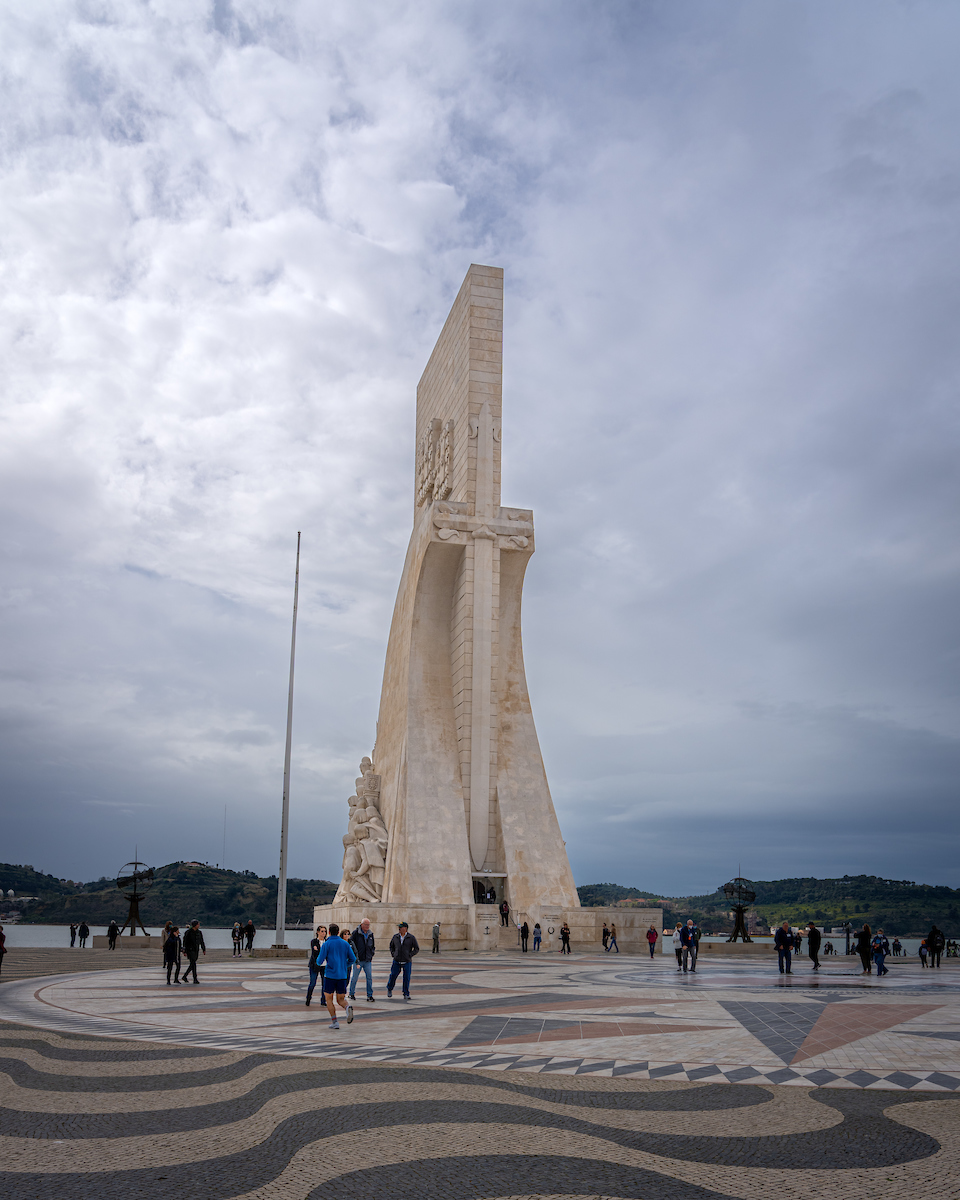

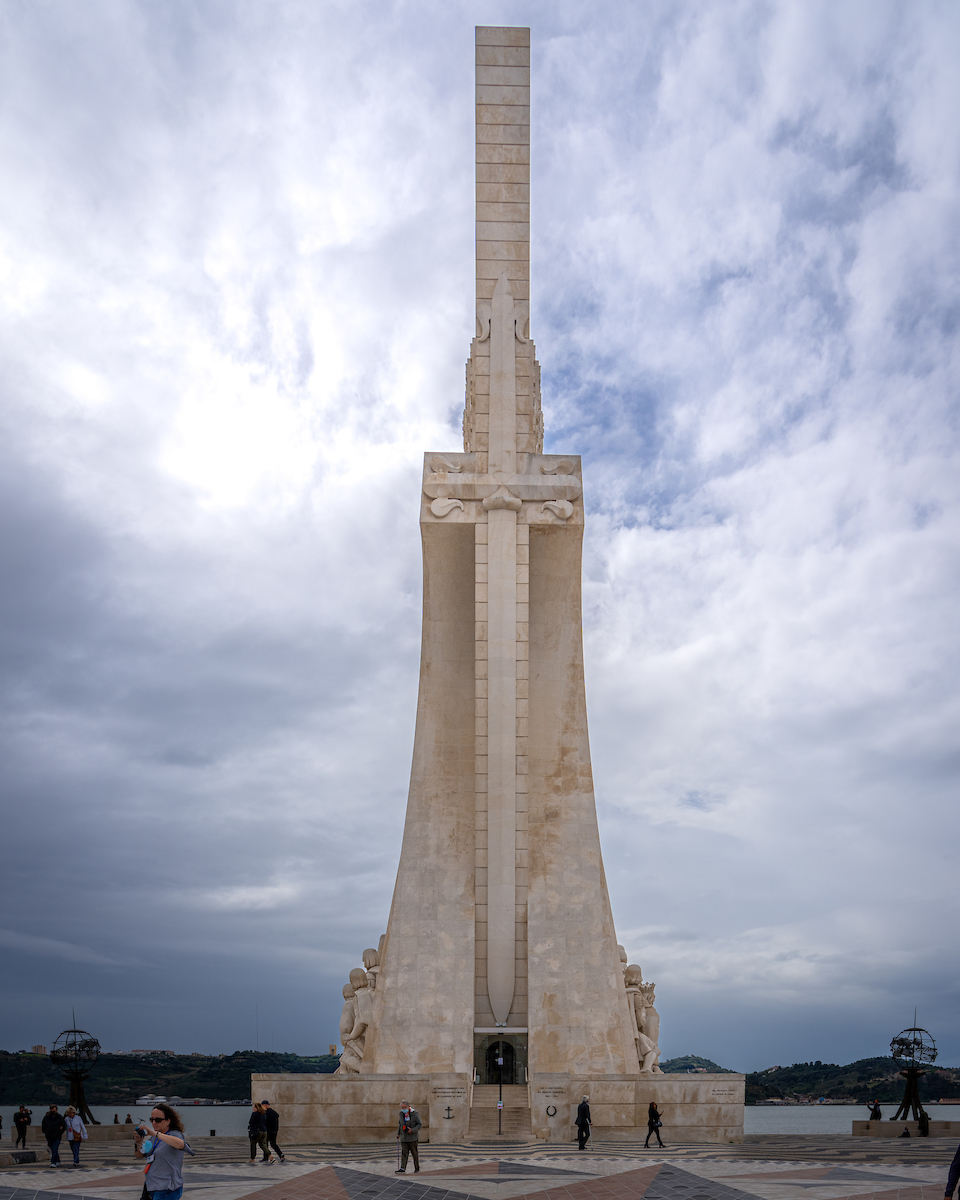





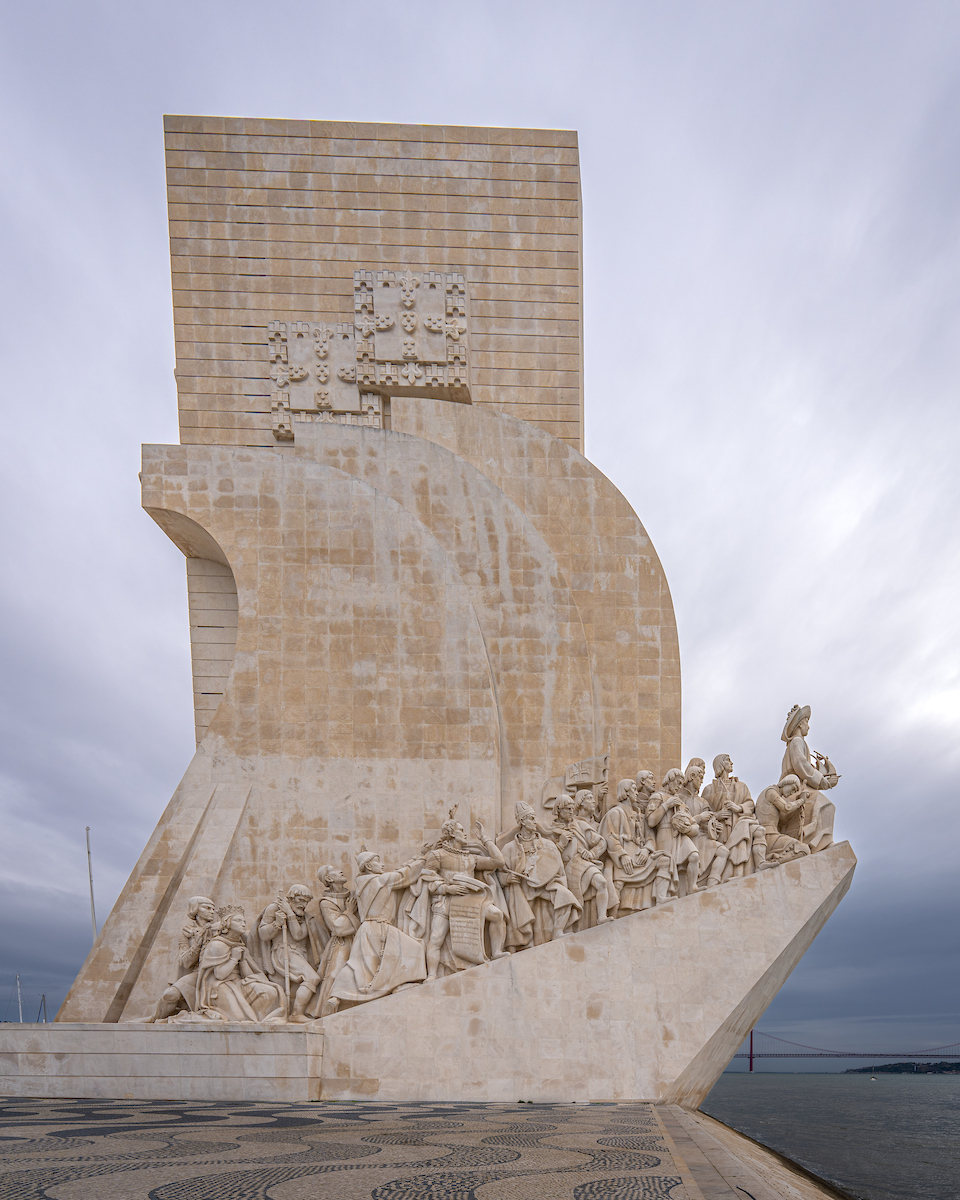



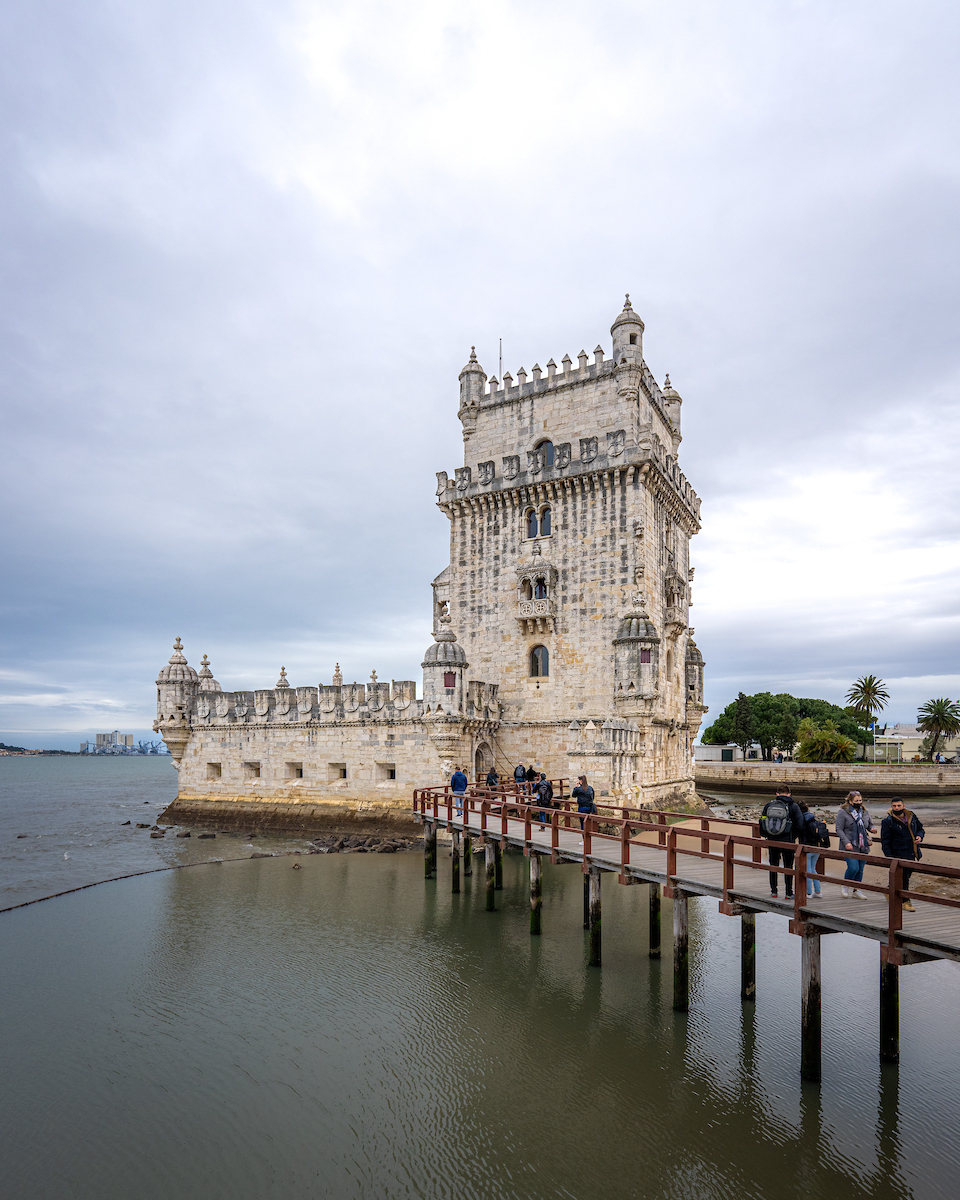

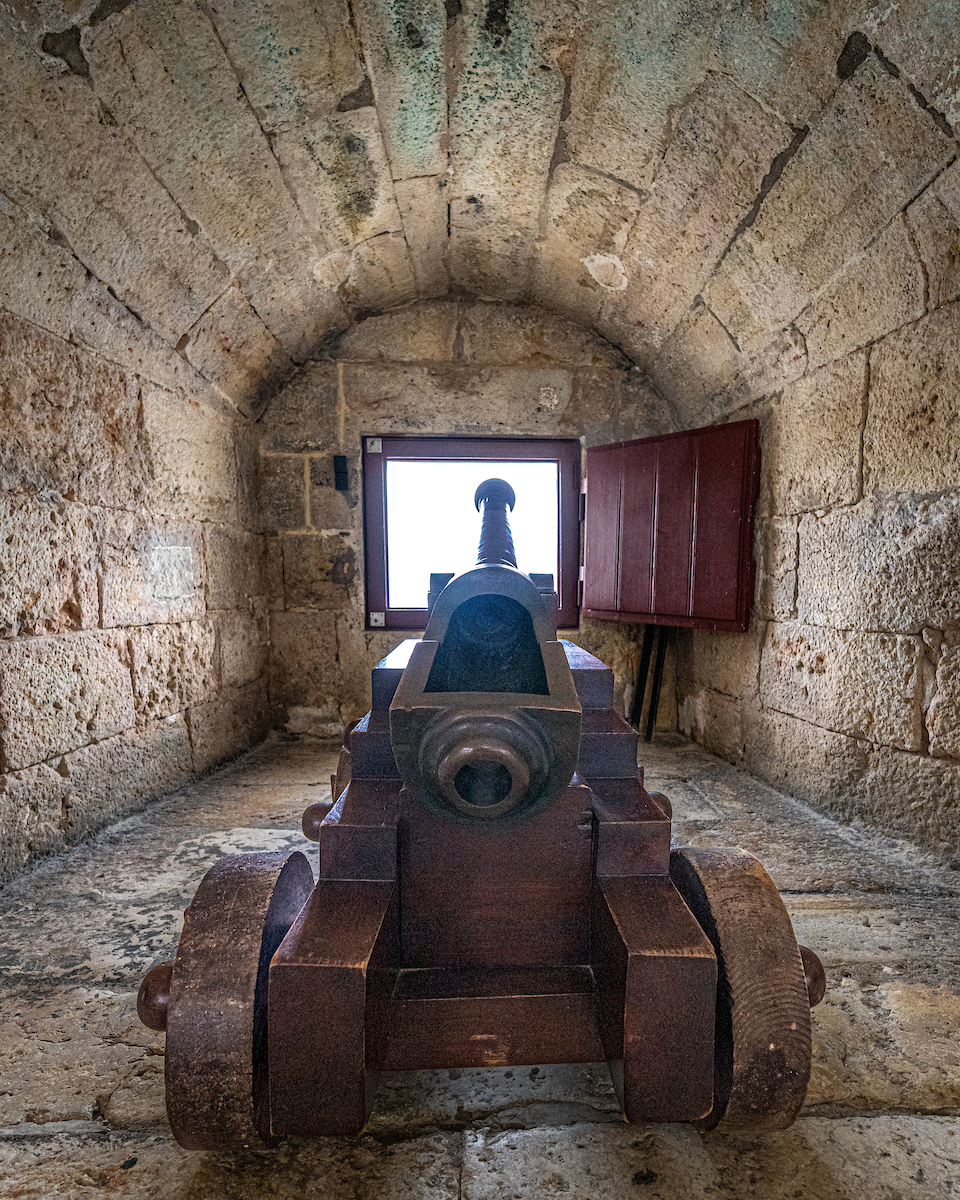



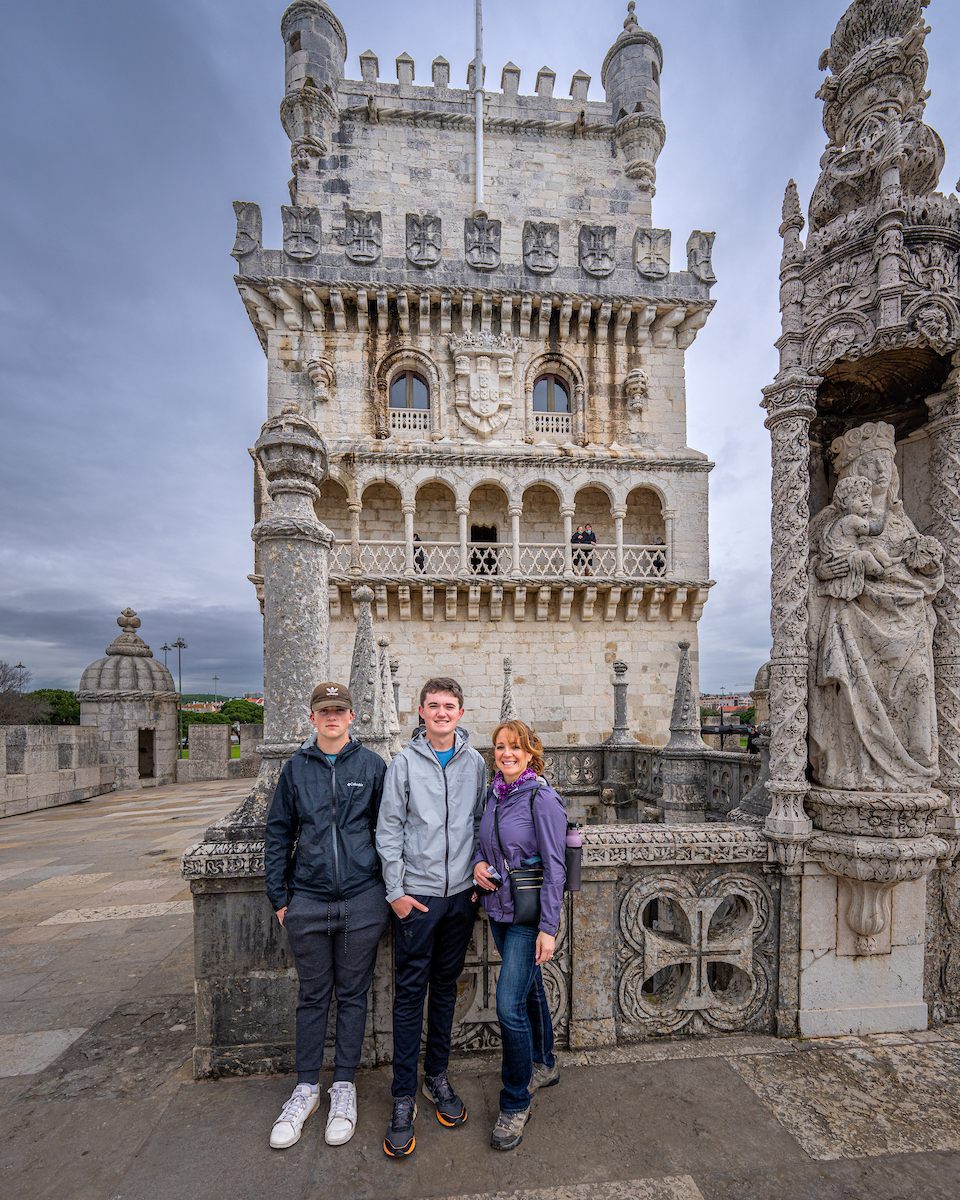

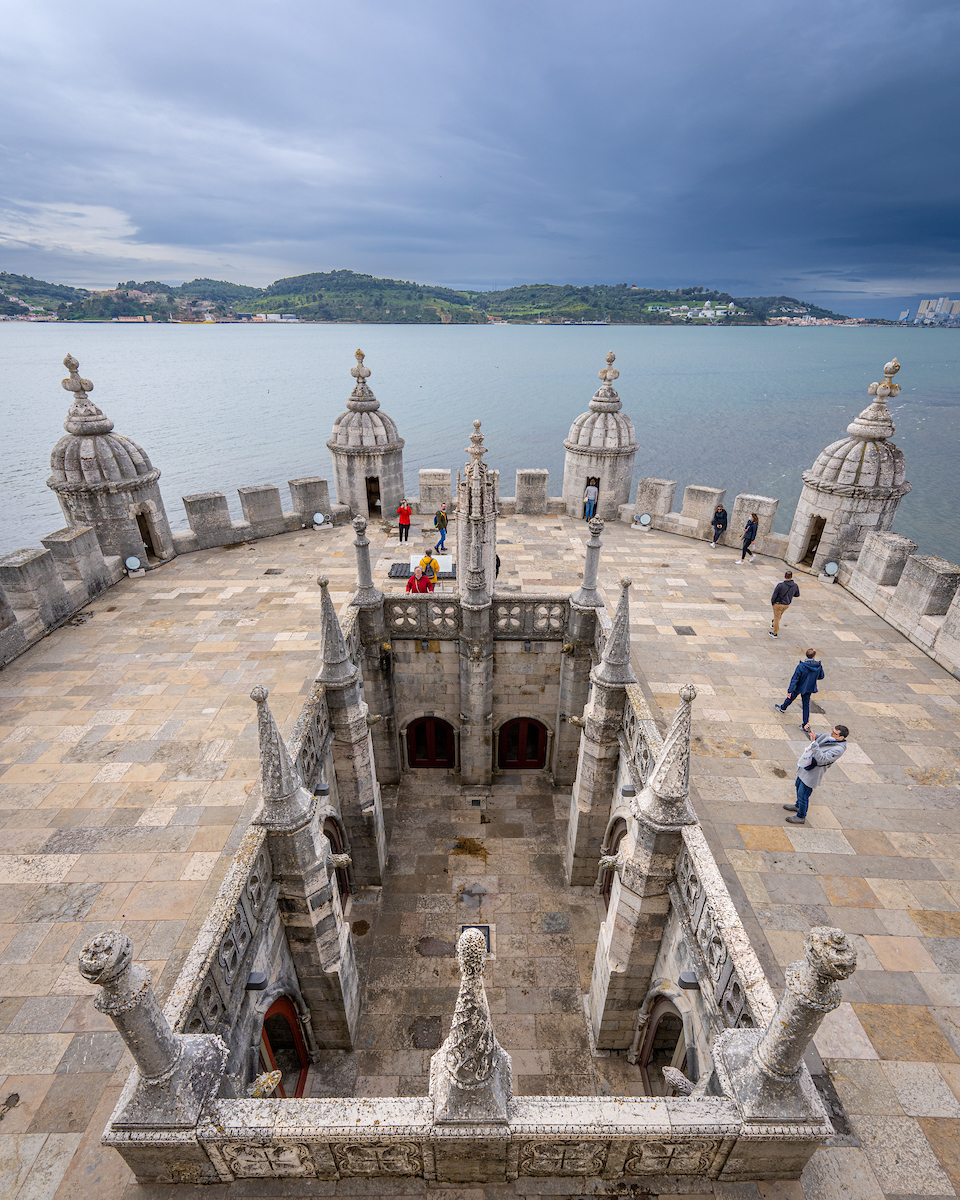

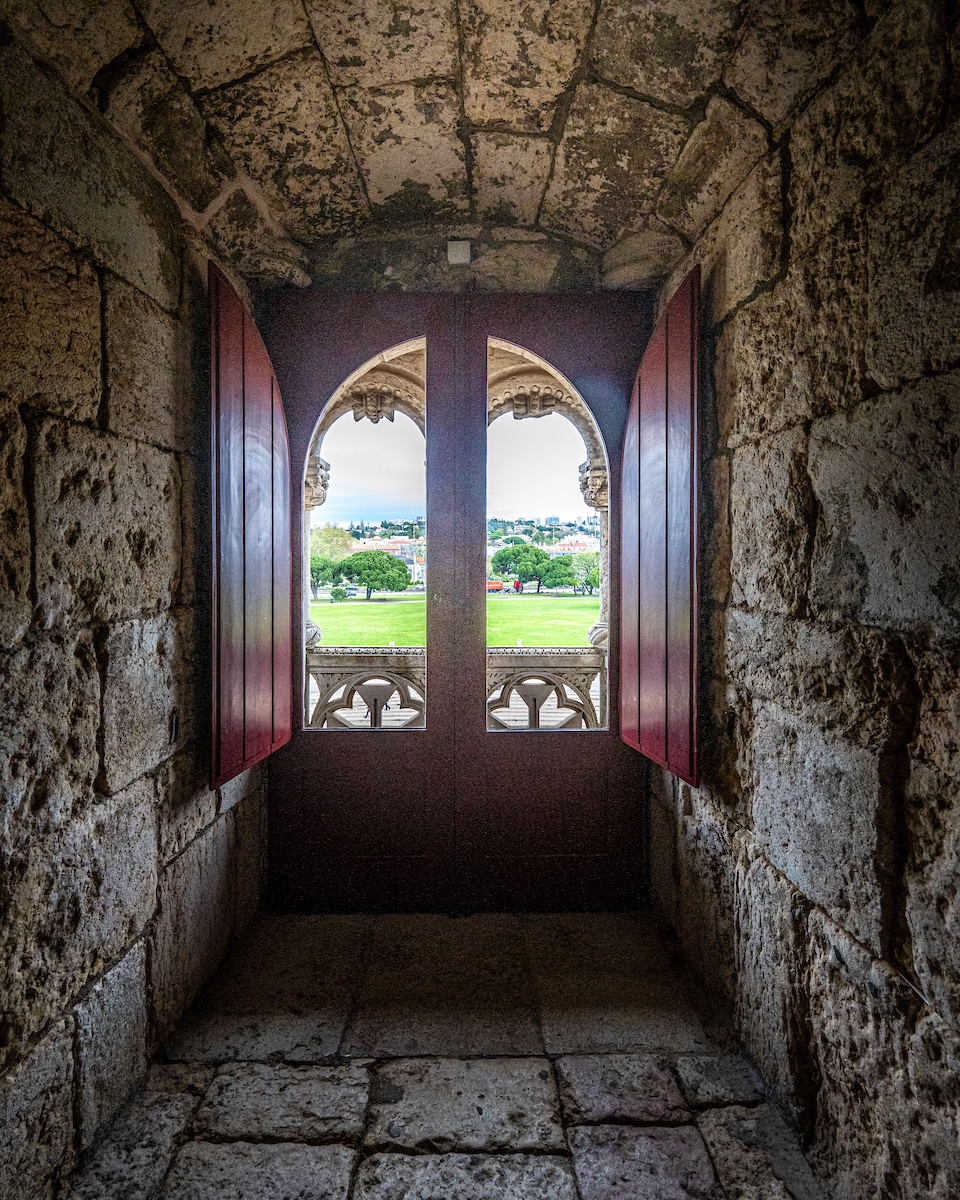

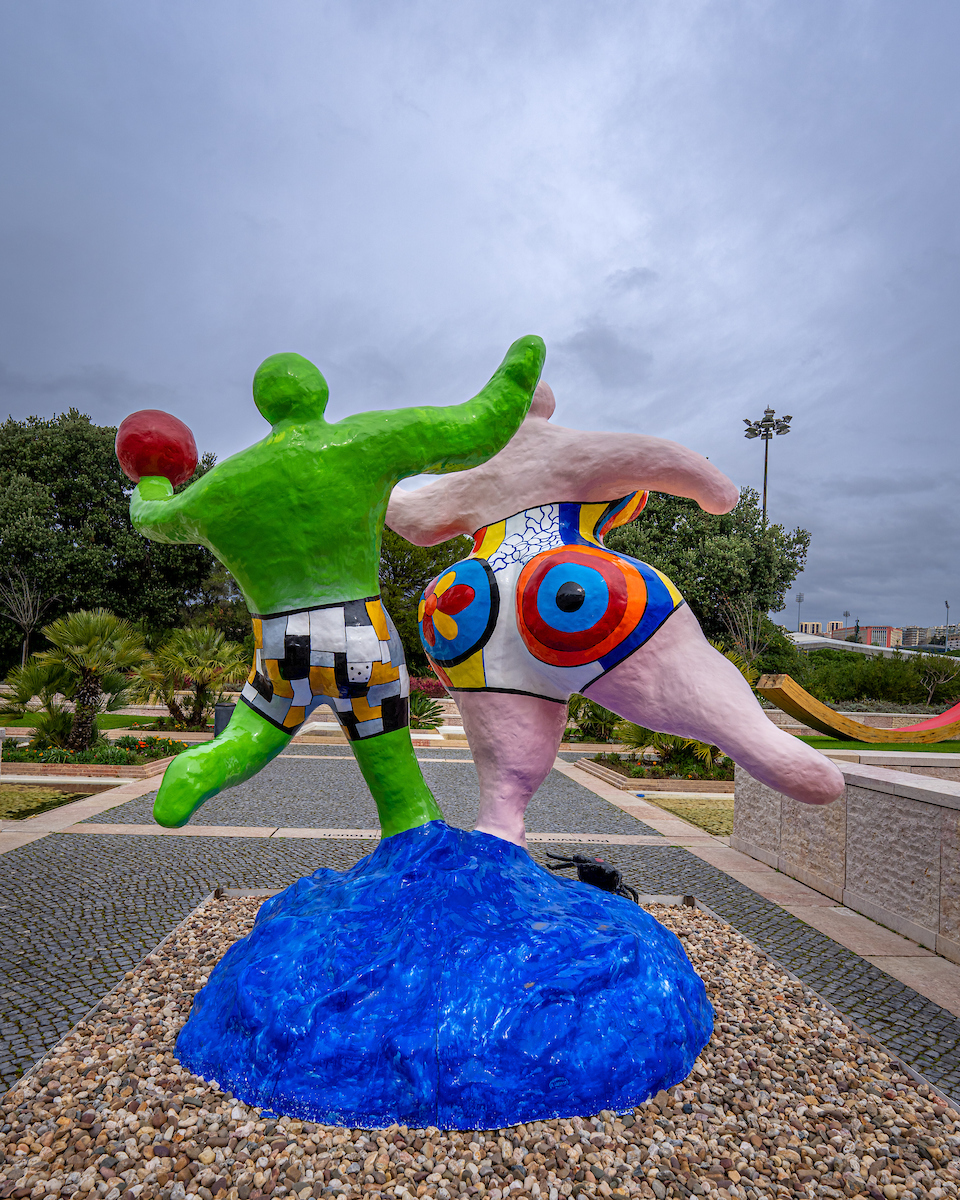

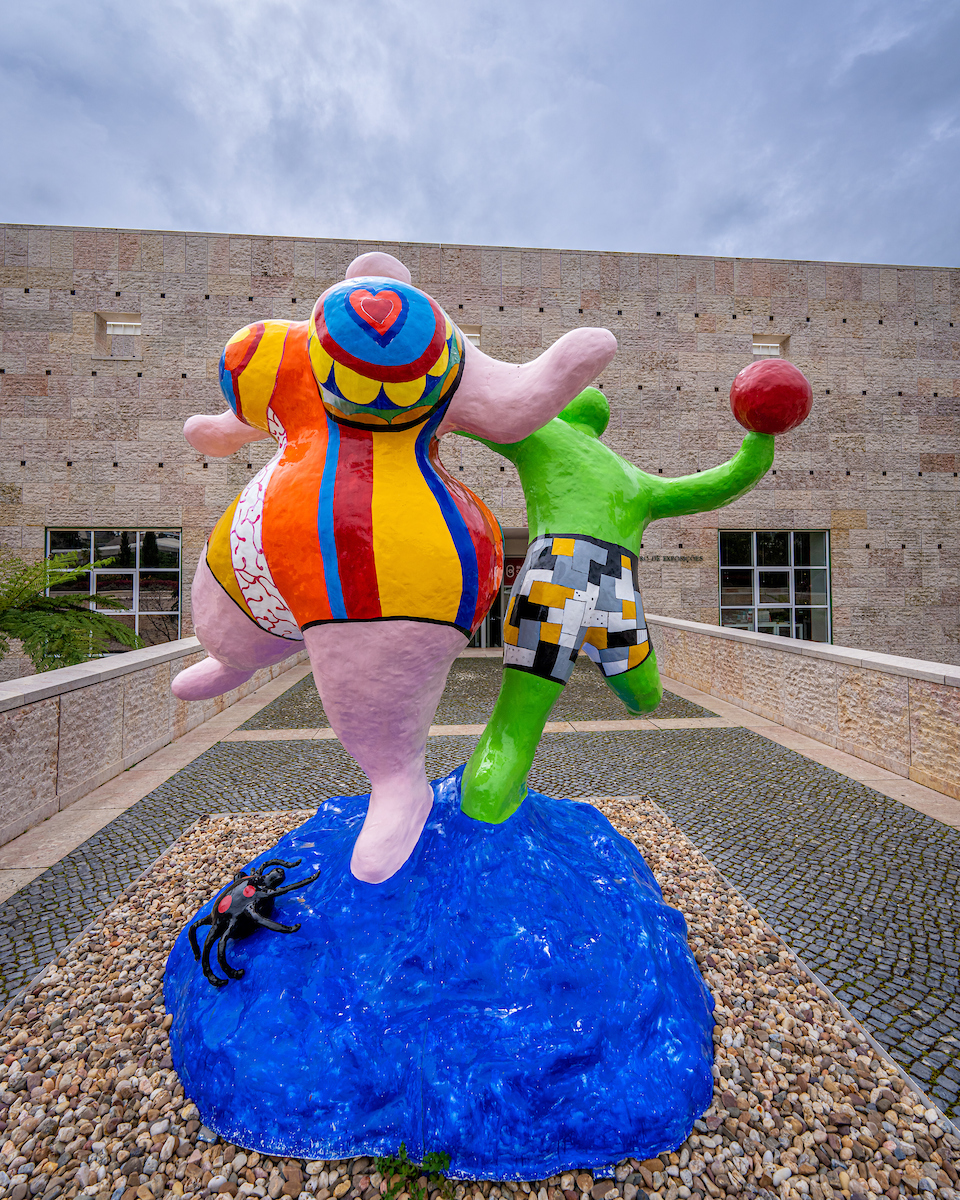



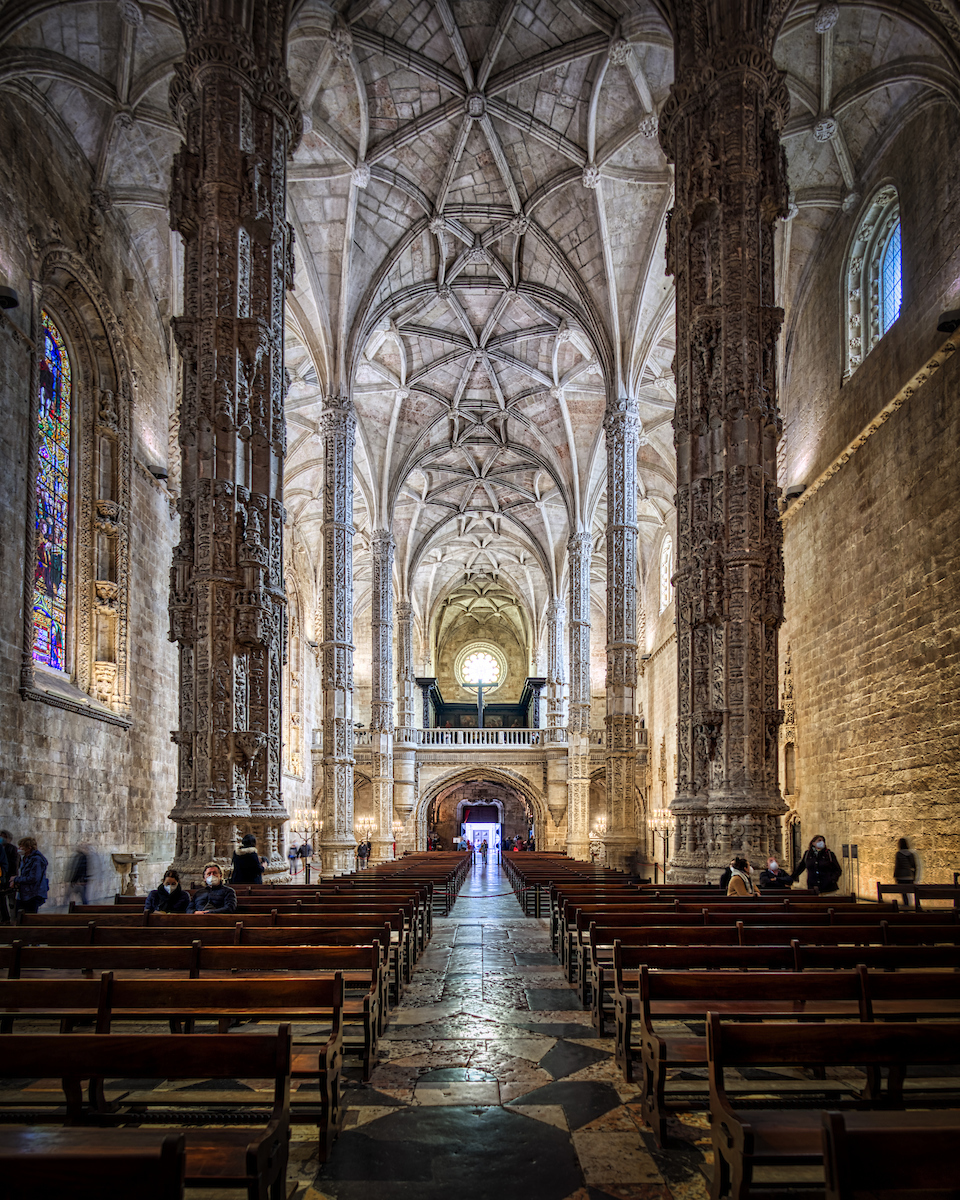

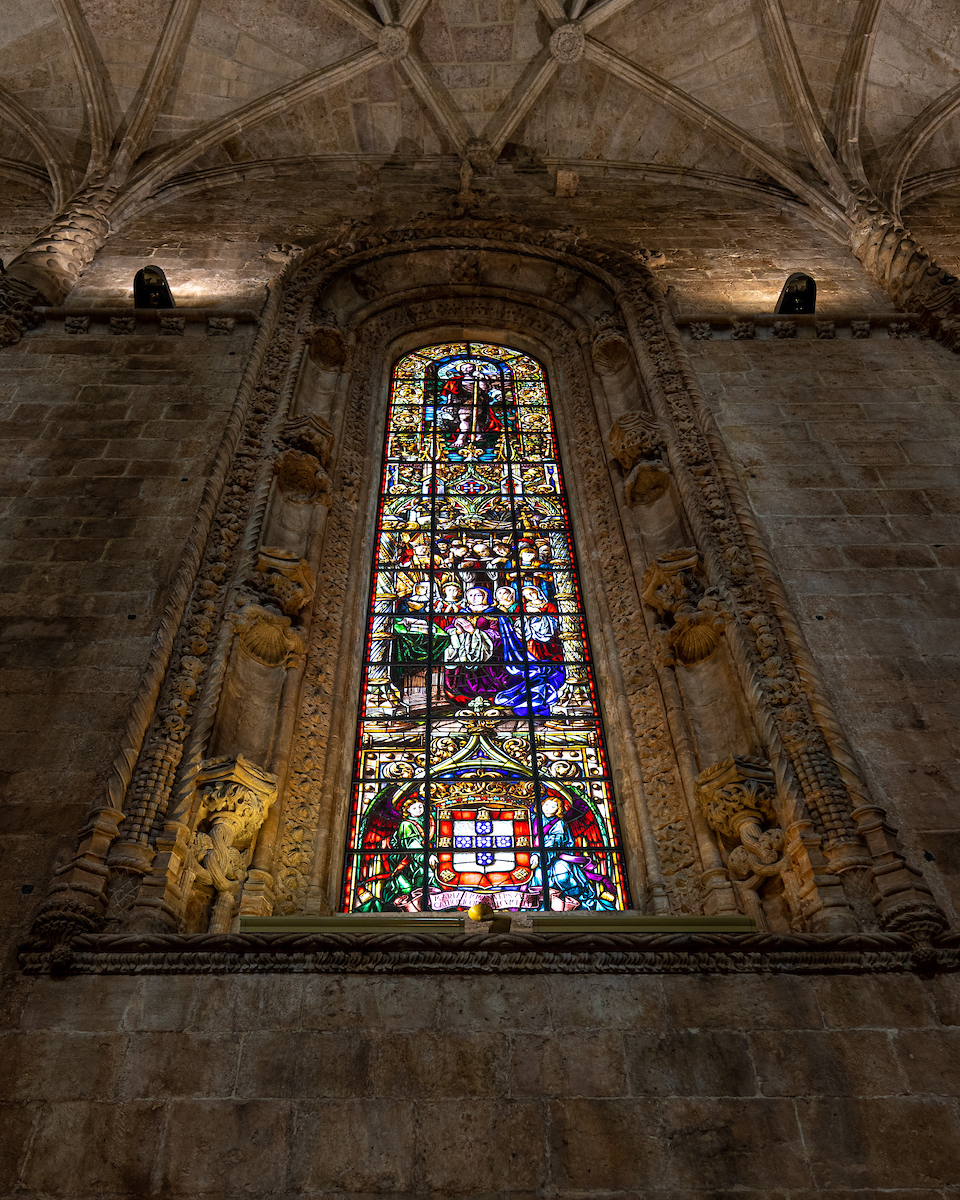

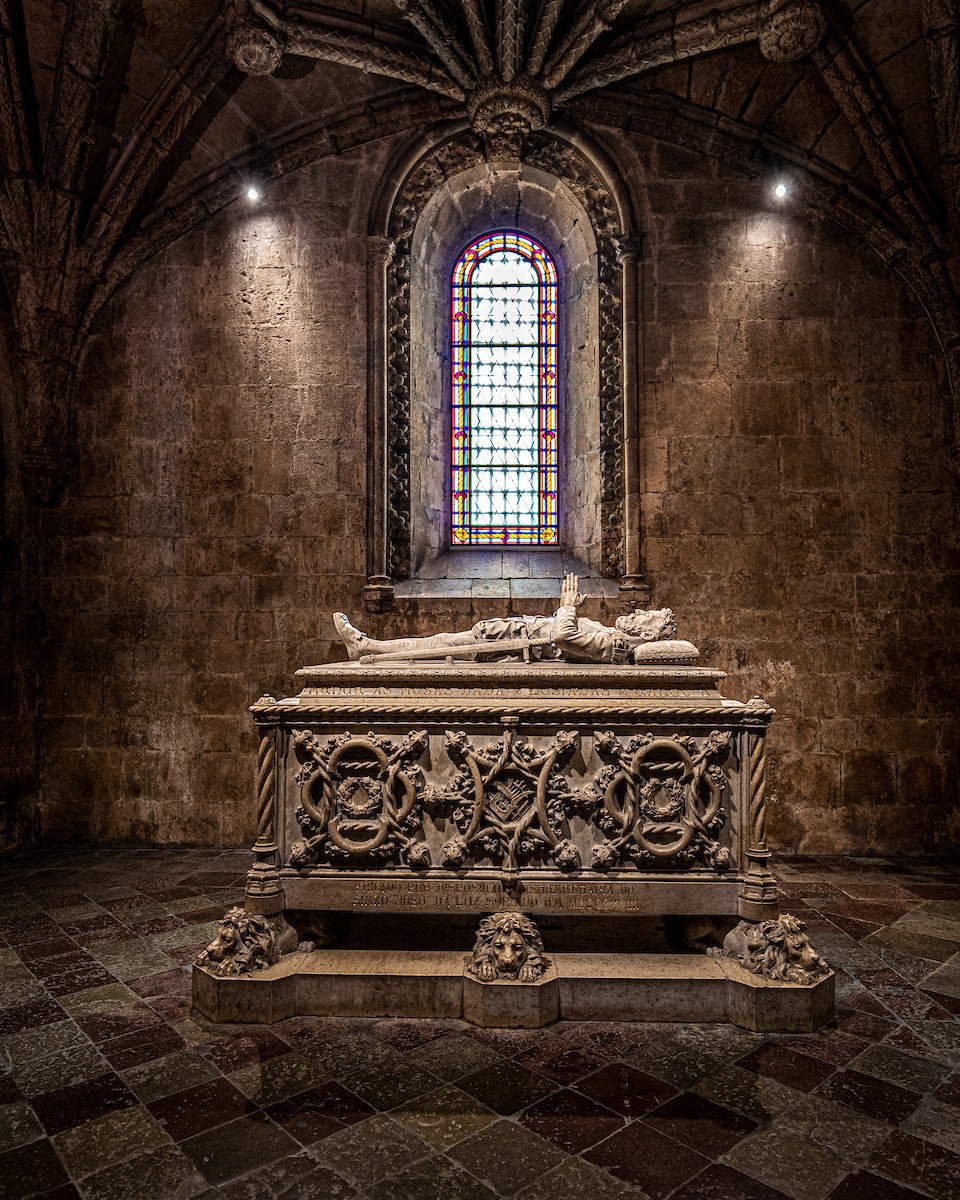

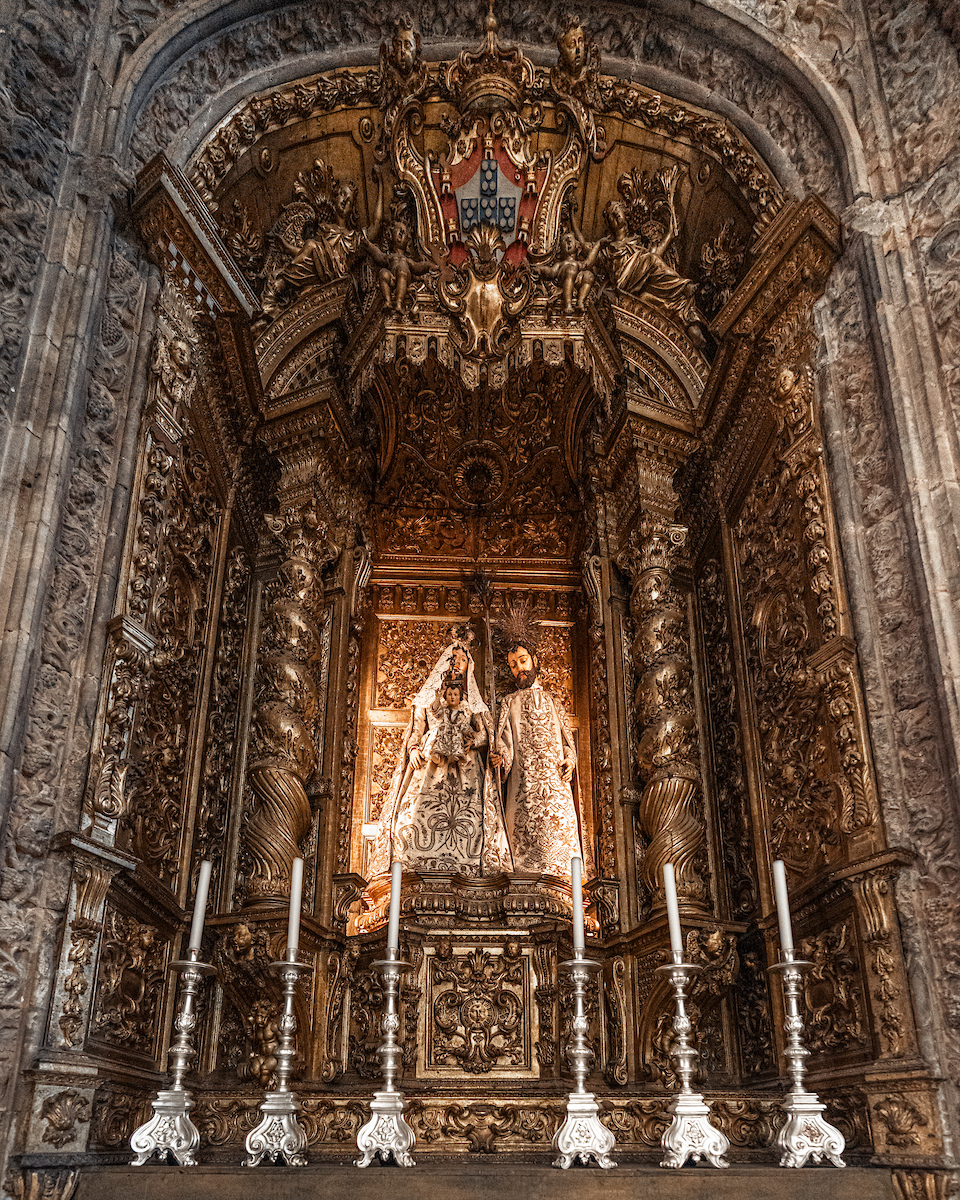

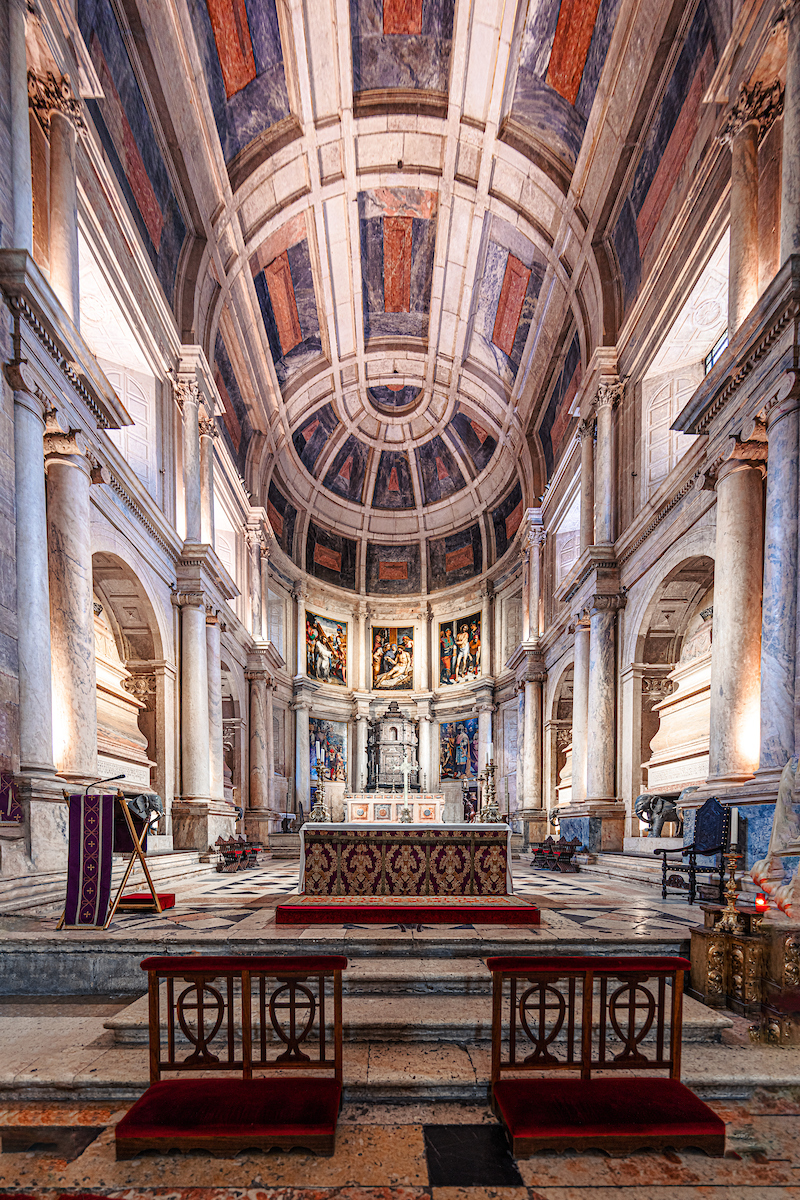





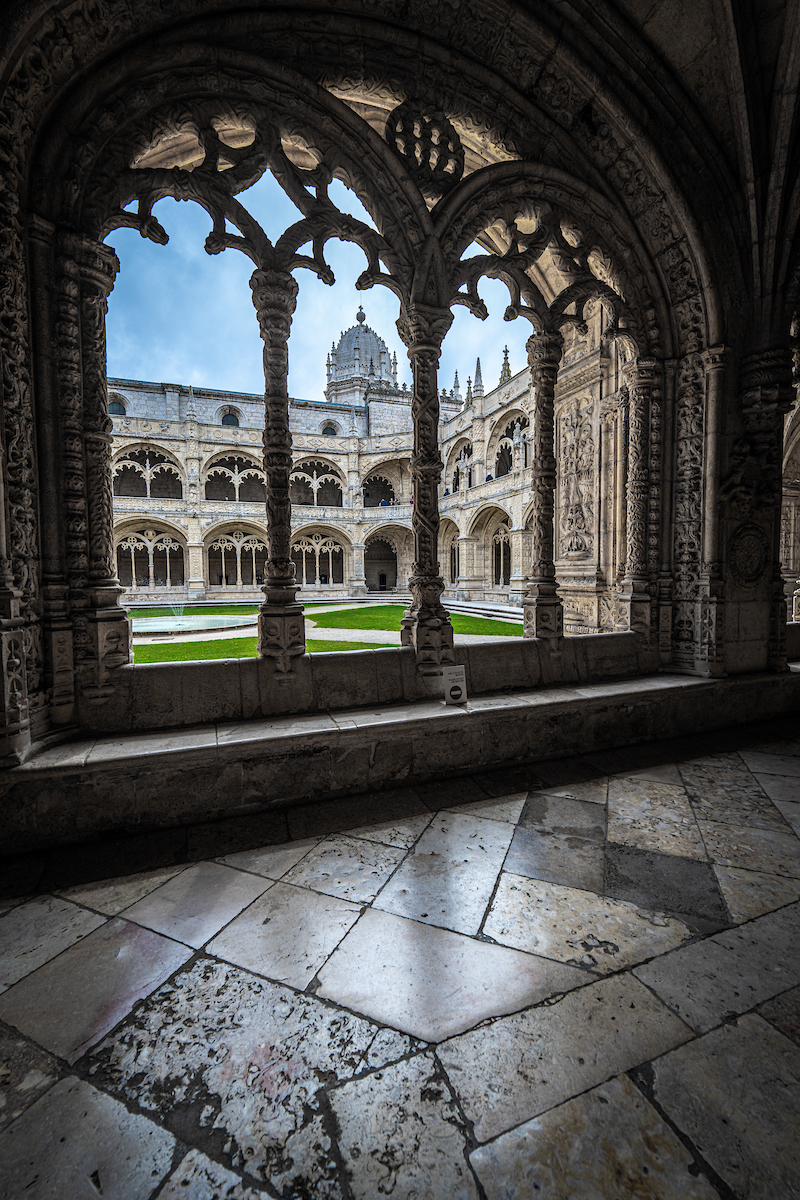



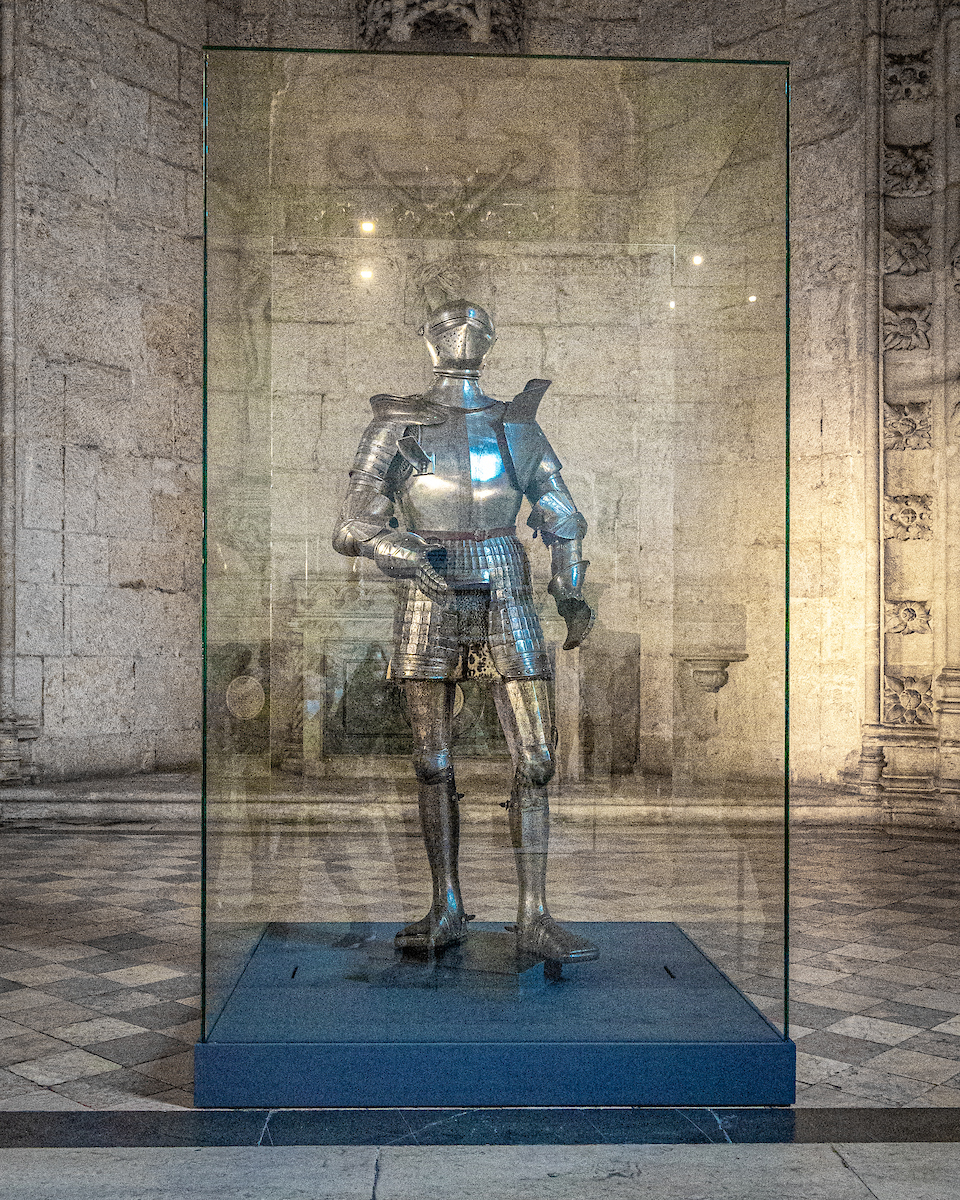

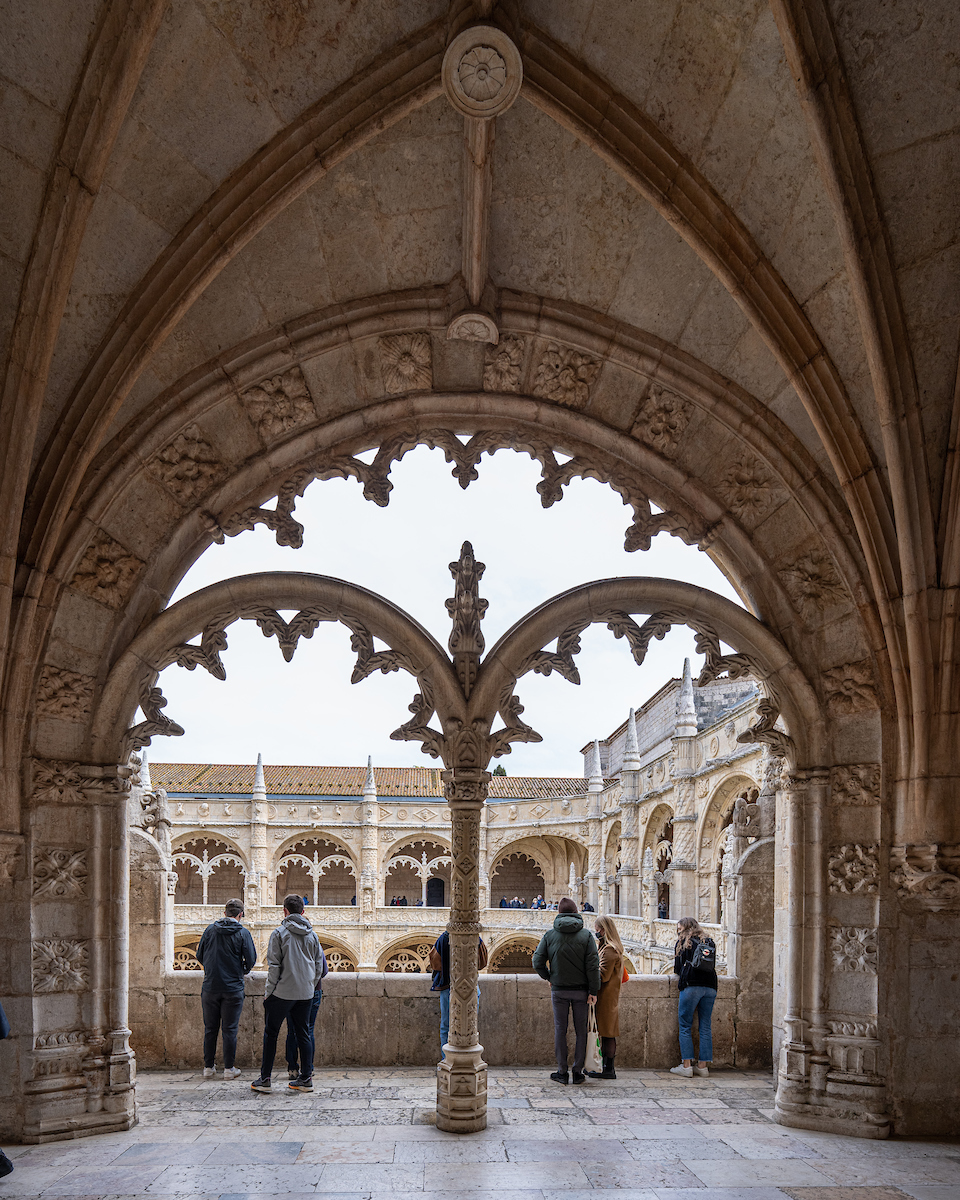











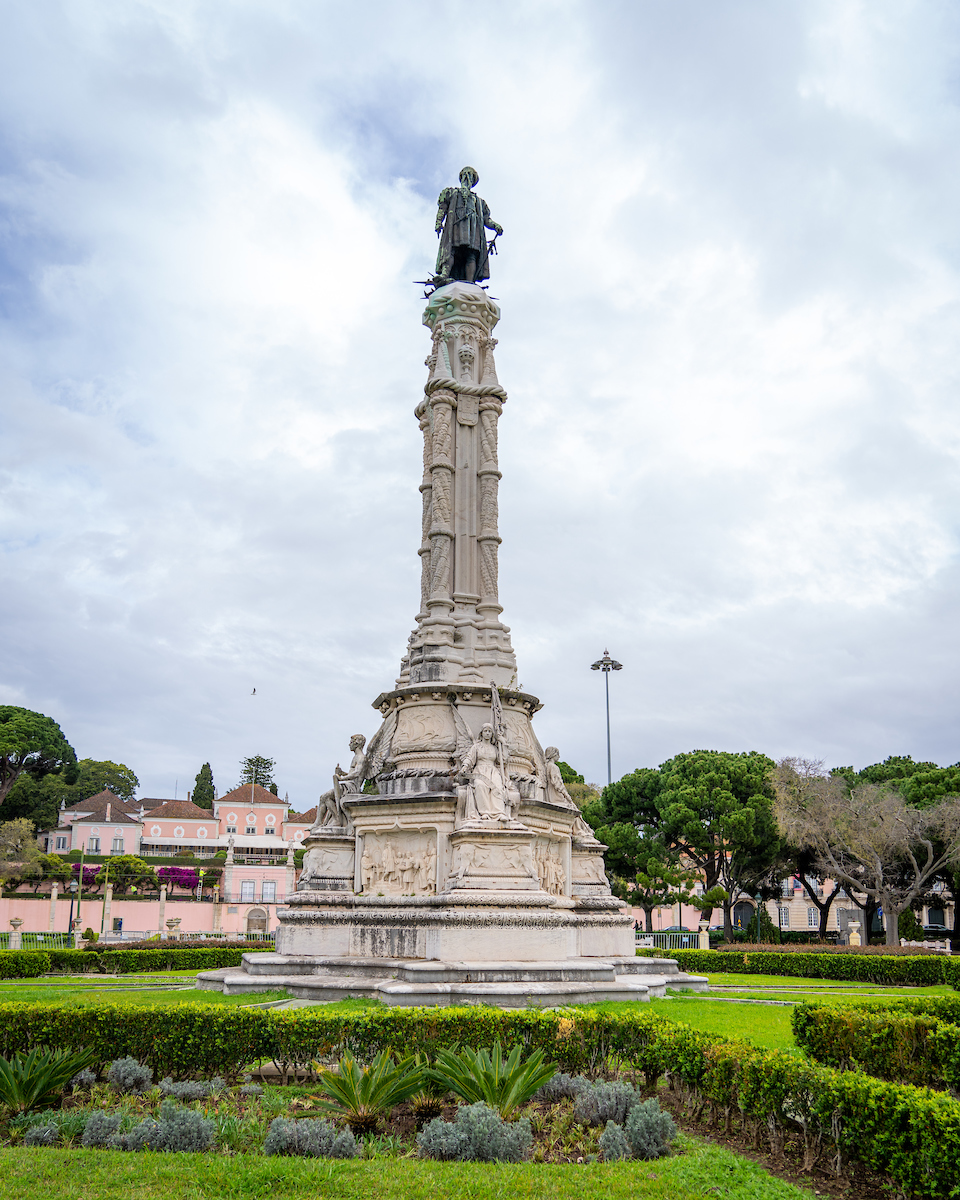





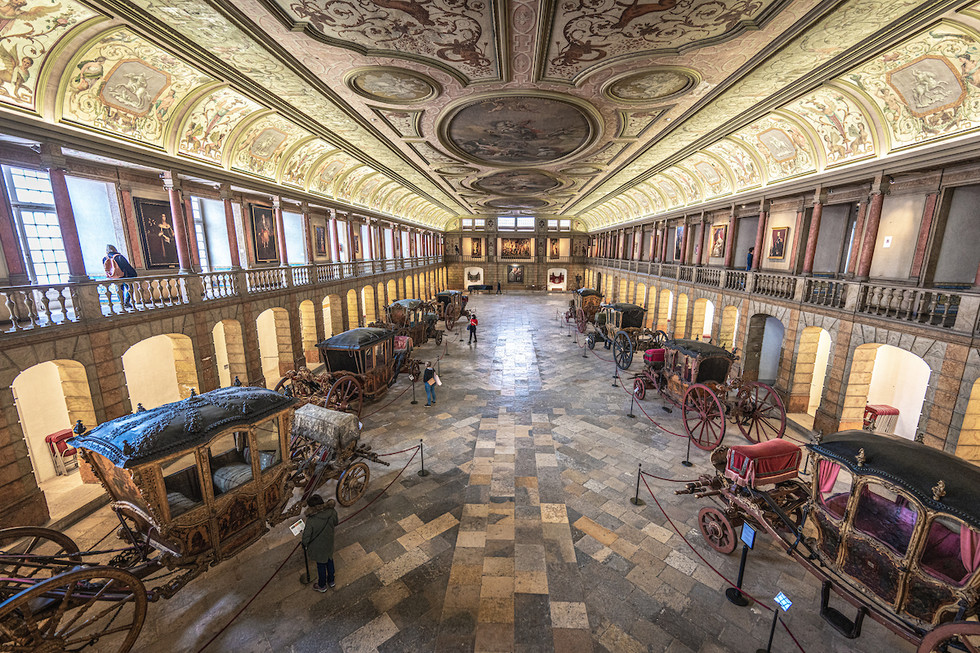









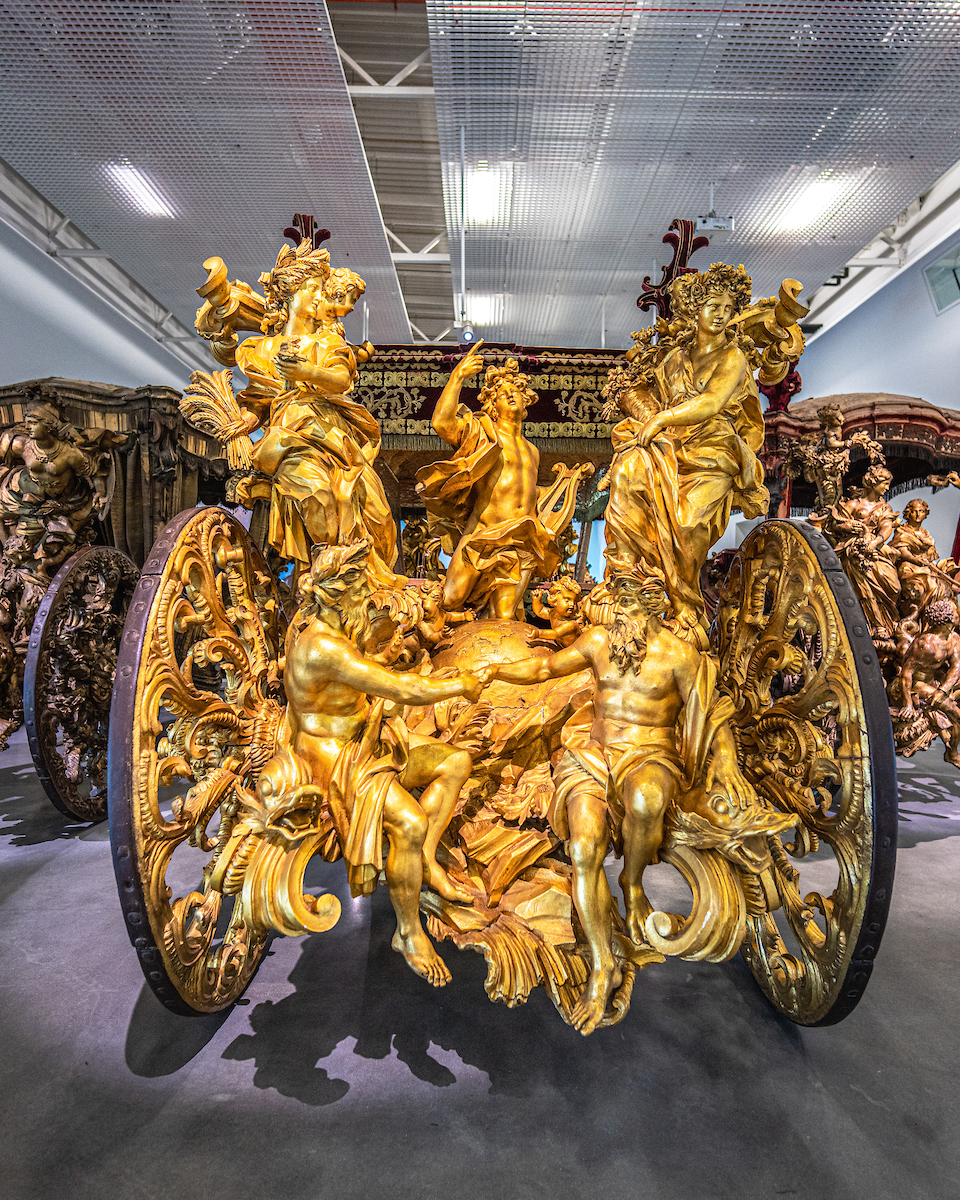










Commentaires